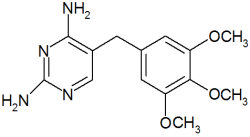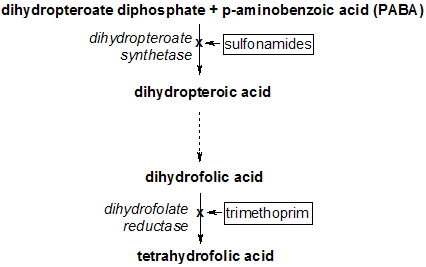One of the most effective agents used for preventing pneumocystic infections in patients with human immunodeficiency virus (HIV) infection is trimethoprim-sulfamethoxazole (TMP-SMX). However, long-term use of this antibiotic may increase the risk for creating resistant organisms. If the risk for developing resistant organisms is high, an alternative treatment strategy may be necessary. Martin and associates studied the impact of TMP-SMX on the incidence of resistant organisms before and during the widespread use of this antibiotic in HIV patients.
The study consisted of evaluating the incidence of resistance to TMP-SMX in patients at a general hospital. From 1988 through 1995, each culture sample that was submitted to the clinical microbiology laboratory was recorded. For each sample, the date and site of collection, demographic information, and microbiologic and antimicrobial susceptibility data were noted. All inpatients and outpatients who were infected with Staphylococcus aureus or one of seven Enterobacteriaceae species and who had TMP-SMX susceptibility testing were included in the study.
Resistance of all isolates to TMP-SMX increased from less than 5.5 percent before 1988 to 20.4 percent in 1995. HIV-infected patients had a significantly higher incidence of resistance than the general population. The largest increase was in Escherichia coli and S. aureus in patients with HIV. During the same period, a rapid rise in TMP-SMX use occurred in relation to pneumocystic infection prevention.
The authors conclude that in an area with a high incidence of HIV infection, the use of TMP-SMX for empiric pneumocystic infection prevention should no longer be an option. Because of the increase of resistant organisms, the use of this broad-spectrum antibiotic in HIV patients may select for multiresistant organisms and complicate future therapeutic options.
KARL E. MILLER, M.D.
Martin JN, et al. Emergence of trimethoprim-sulfamethoxazole resistance in the AIDS era. J Infect Dis December 1999;180:1809-18.
COPYRIGHT 2000 American Academy of Family Physicians
COPYRIGHT 2000 Gale Group



